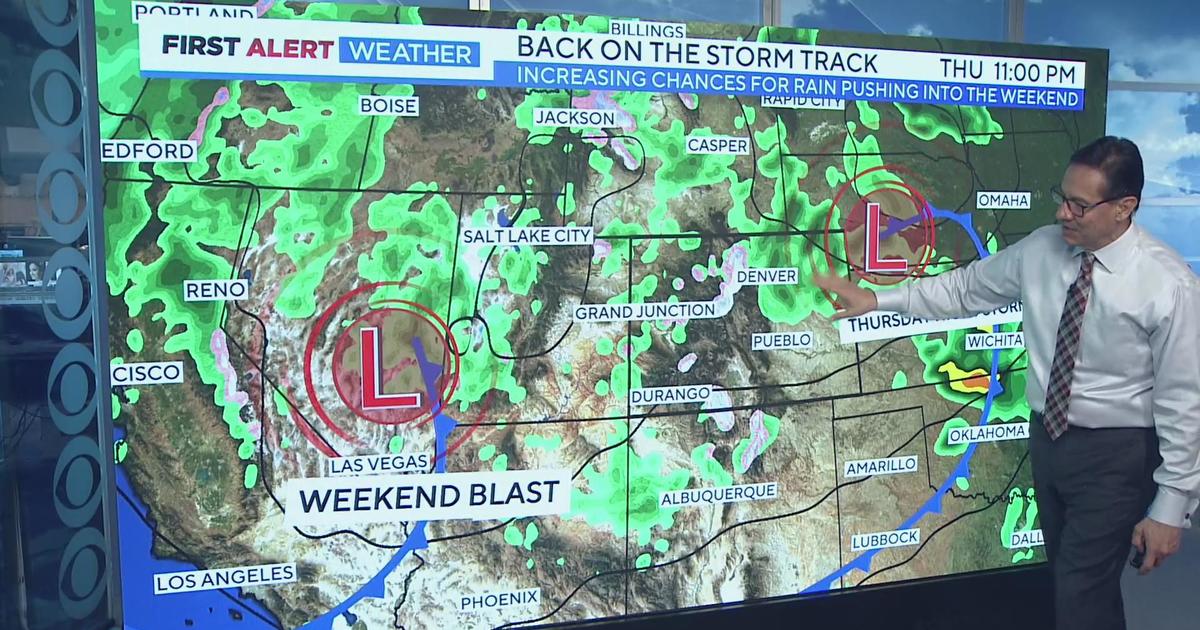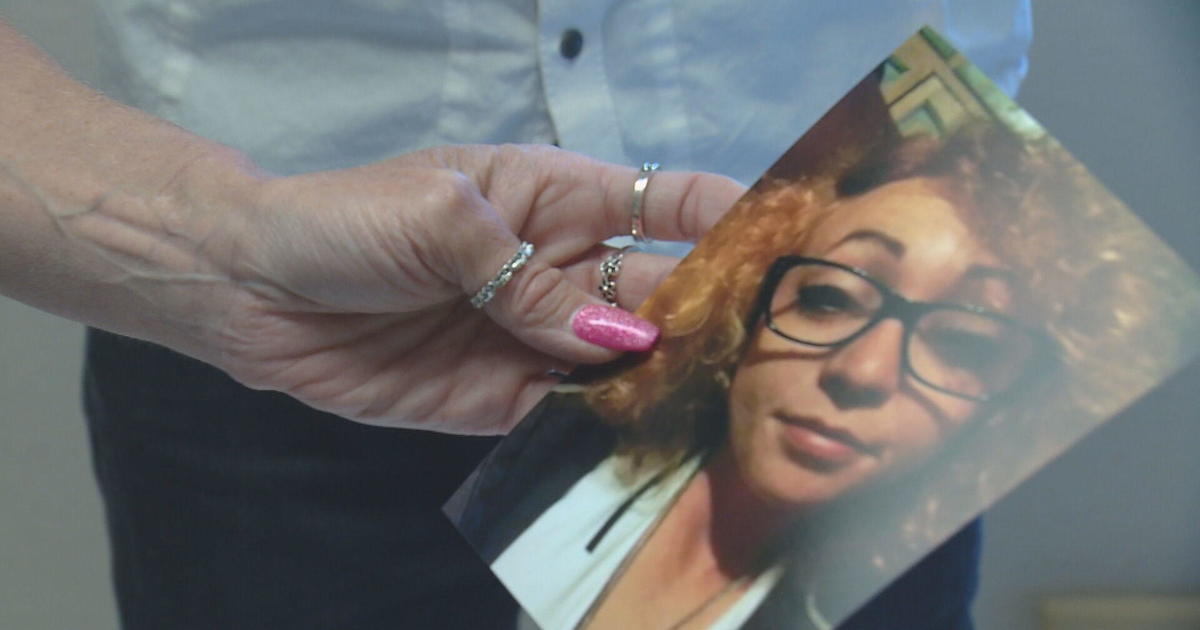Wildfires: Contained But Not Out
BOULDER COUNTY, Colo. (CBS4) - Another fire is burning in Boulder County and as much as it might look like firefighters have a good handle on it, it's far from out.
The Maxwell fire is rated at only 40 percent contained. People in more than 300 homes are still on standby to evacuate if it grows and moves again. And while there doesn't seem to be much for flames in the trees, any wildland fire, as long as it's burning it has potential.
"It's not like a structure fire where five engines show up and bunch of people get out and they run around and they put the fire out real quick," said Jefferson County fire management officer Rocco Snart. "If we're talking about a fire that takes you an hour to get in to, every minute that that fire is not being suppressed, it's expanding and extending in size."
At least that's the potential.
Combine the heat that been on with temperatures in the high 80s in the area around the fire, add a little wind and there's potential for a firestorm. For firefighters it's a bit of a formula.
"A lot of it has to do with what the fuels are, what the topography is and what the weather's going to be. Which is the basic fire triangle for a wild land fire," Snart said.
For many people, understanding just how far firefighters have gotten on a fire is measured in containment. It may be a little confusing, but it's the best we have. Containment is the percentage of a line around the fire that firefighters don't think it will cross.
"That's the bottom line -- is when we talk about containment, we have line all the way around the fire," Snart said.
That line can be thick or thin, depending on the conditions and the terrain. Firefighters will often reinforce a line with a back burn.
For example, firefighters on the ground, doing backbreaking work, will cut and dig a line – maybe a few feet wide. Sometimes, they'll use a road as a natural break. Then they'll often set backfires along the inside of that line. That makes the line thicker.
Firefighters will use the wind to their advantage with the backfires since wind can shift so quickly. A back burn in the morning might scorch land that might be fuel in the afternoon when the wind switches. If there's a nice, thick line, the fire won't be able to get close to unburned land.
"With the fuels gone there's no chance for it to go back through there and burn through there again."
Once there's good containment, firefighters have control. But there's a criteria first.
"So the fire's been moved back from the perimeter and we're comfortable that it's not going to get outside the perimeter again," said Dan Dallas, operations section chief for the Rocky Mountain Incident Management Team.
It's a lot harder where terrain is steeper. Fire climbs quickly on steep ground. Spot fires can still crop up in high winds. The Fourmile fire in 2010 jumped off to new spots on firefighters time after time. The goal is a simple barrier that's wide enough to keep a fire in its place, where firefighters will often let it burn out.
"The perfect perimeter is a black line that an advancing fire front has gotten to and it hasn't gotten any father, there's no sparks on the other side and things like that," Dallas said.




